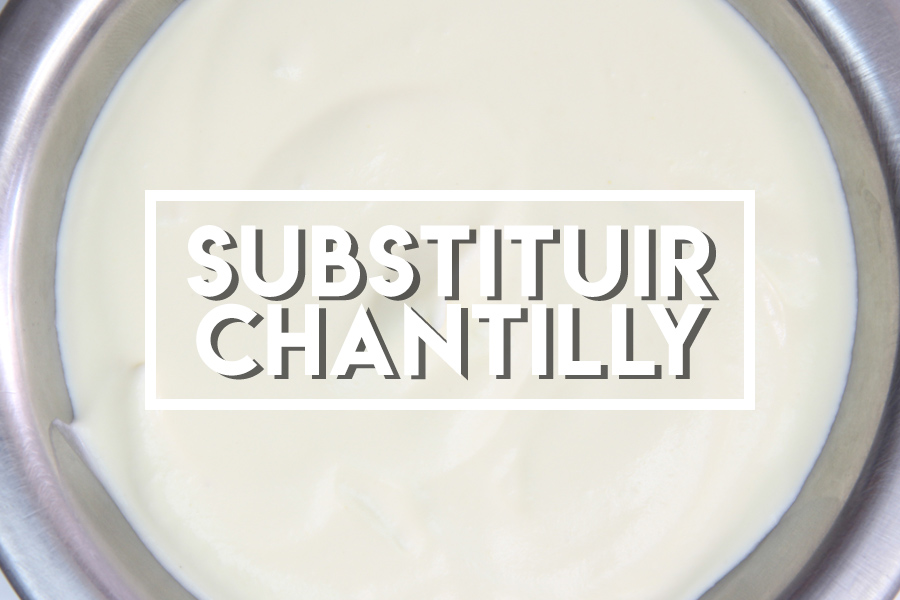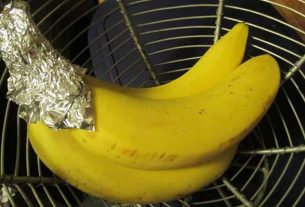Ah, the interwebs is always full of information to help our existence meaningless. And when you add food from the middle, the situation becomes even more interesting.
Some time ago I received a tip on how to replace “fresh” cream to make whipped cream using: butter.
Just like you, I was fine too skeptical. But intrigued: it will be? And what do we do? Let’s test it so we can say something, maybe it works.
As I had never heard of this tip, I looked to see if anyone had already done it. I ended up finding other versions that claim to be substitutes, I’m using the term very loosely. Looking closer, they aren’t really substitutes.
I ended up testing 3 versions: of butter, of milk e of water. And here are my findings.
Water Whipped Cream

Ingredients: 250mL water, 100g sugar, 25g ice cream emulsifier
Characteristics
- Texture: light, super aerated, it is basically a foam due to the action of the emulsifier; the cream lacks the greasiness.
- Flavor: will vary according to the flavoring used, but it must be pungent enough to mask the characteristic flavor of the emulsifier.
- Stable: although the water separated after a day, it still remained voluminous and firm; would support more aeration from the mixer.
- Usability: it is not suitable as a substitute for cream or whipped cream, after all it does not have the same characteristics and substances; It would be useful for playing and photo production to imitate foam, but as whipped cream the difference is stark.
Butter Whipped Cream

Ingredients: 200g unsalted butter, 250mL milk
Characteristics
- Texture: it is very close to “fresh” cream; aerated and very unctuous, but it has an aeration threshold that can leave evident lumps of butter.
- Flavor: of the 3 versions, it is the tastiest, precisely because it has fat; the flavor is very reminiscent of cream
- Unstable: as it is a forced emulsion without emulsifier and/or suitable equipment, the assembled whipped cream is very unstable, as previously stated, the aeration threshold is not high; the texture quickly changes and returns to butter.
- Usability: it would even work in some cases, but it requires a longer schedule, at least 12 hours for the forced emulsion to cool and there is a risk of it breaking during this rest. For a recipe that requires heavy cream to be the fat, it would be an alternative, but as whipped cream it’s not worth the effort.
Milk Whipped Cream

Characteristics
- Texture: milk gelatin, literally; with the addition of the emulsifier it became aerated, reminiscent of the water version.
- Flavor: you can feel the emulsifier and gelatin, pungent flavoring would be needed to mask it if it had worked.
- Stable: as it contains gelatin, as it cools it turns into the gelatin we are used to, it becomes semi-firm.
- Usability: when it is still soft it would be useful for producing photos for fake foam, but after the gelatin turns the mixture into semi-firm it would have no use.
Alternatives?
Honestly, homemade alternatives to heavy whipping cream… there wouldn’t be any, unfortunately. Each of the tests promised some feature, but in the end they didn’t deliver.
For some recipes, the tin/box could work. But the vast majority have a low fat percentage (12-20%) and do not use whipped cream which requires a minimum of 35%.
There are whipped creams on the market, which are mixtures that imitate cream. They are the same? No. However, less time is wasted.


Sign up for our newsletter and stay up to date with exclusive news
that can transform your routine!
Warning: Undefined array key "title" in /home/storelat/public_html/wp-content/plugins/link-whisper-premium/templates/frontend/related-posts.php on line 12
Warning: Undefined array key "title_tag" in /home/storelat/public_html/wp-content/plugins/link-whisper-premium/templates/frontend/related-posts.php on line 13




